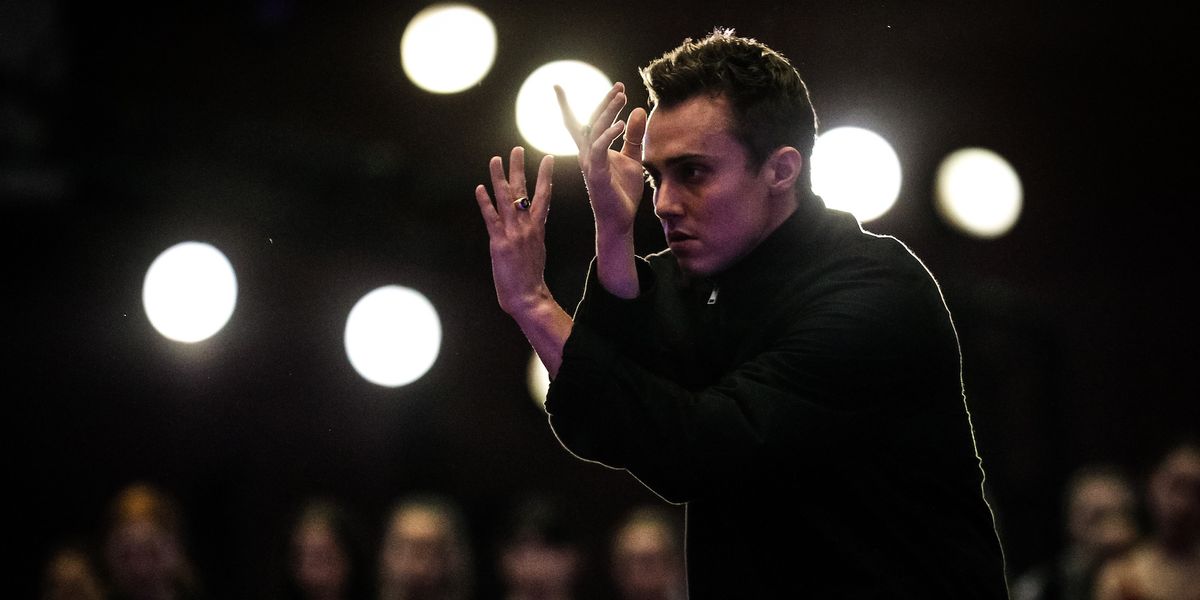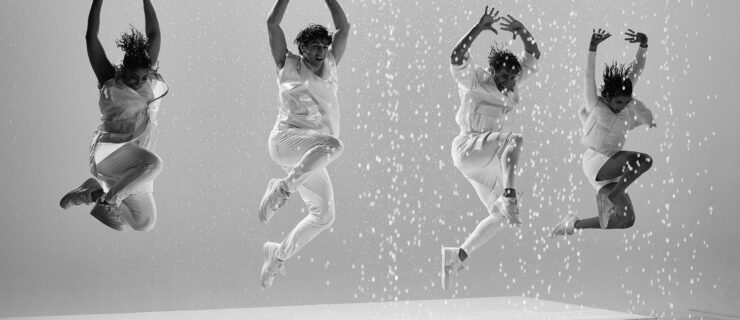How Choreographer Will Loftis Finds Inspiration
As a choreographer, Will Loftis has touched almost every part of the dance industry. He’s worked on television, from “So You Think You Can Dance” to “The World’s Best” to “The Voice,” and he served as the supervising choreographer for the “Dancing with the Stars” 2020 tour. He’s a regular on the convention circuit, teaching combos at NUVO, The Dance Awards, and DancerPalooza. He’s worked with musical artists, including Miley Cyrus and Florence + the Machine, plus ballet companies, including Los Angeles Ballet and Cincinnati Ballet. Oh, and he’s appeared in just about all of your favorite dancy TV shows and movies, including “Bunheads,” “Glee,” “Shake it Up” and Teen Beach Movie. Find out what inspires Loftis below—and follow him on Instagram @willloftis to see what he does next. —Cadence Neenan
“Don’t be afraid to try different things. As people see what else is happening, a lot of times they try to mimic that, or recreate that. Find your own lane. Find your own voice. Take your training and take everything that you have learned and create your own thing.”
“Music is a massive inspiration for me. I am the Shazam king of the world. Most of my favorite pieces I’ve done, I found the music because I heard it while I was at dinner, or at the gym, or on the street. I don’t spend tons of time looking for music. Music finds me.”
“I’m really visual, so I’m definitely inspired by different fashion designers and aesthetics. I look at people’s style—I love the way Janelle Monaé dresses, I love Pharrell’s style, I love anything that’s bright and monochromatic.”
“Anytime you’re doing TV or film work, it’s always about meeting in the middle, which I think is an art within itself. It’s still about finding your voice, and creating your own movement and aesthetic, but it’s also about, ‘OK, we have to reveal six celebrities in the skybox in the first 30 seconds, and then we’ve got this cool new camera that we want to show off.’ I have to think about, ‘How can I do what they need and still make it look like me?’ ”
“Any song that I choreograph to, I really research the artist. I look at where they were when they wrote the song, what the song is about. You don’t always have to do exactly what the song is saying—I think you can take a song and put an interesting spin on it. But I always think that what I’m working on is, at that moment, the furthest extension of the artist’s work. I’m carrying their work forwards.”
“My favorite part about choreography is that I don’t have to be the same Will Loftis all the time. I like when people can look at my work and know it’s mine, but I also don’t want them to think ‘Oh, it’s more of the same.’ I like to switch it up.”
“Every single one of my experiences, every single one of my teachers, every single one of my mentors—it has all shaped my choreography. I’ve learned so much from so many different people. I’ve gotten to work with people like Mandy Moore and Sonya Tayeh, whose work is similar to my style, but I’ve also worked with ballroom dancers, hip-hop dancers, breakers, b-girls and b-boys. I love learning from so many different people who are in different parts of the industry.”
“Being willing to learn from others, to just be a student, is really important. I’ve seen a lot of young choreographers who are frustrated if they aren’t instantly a hit, or instantly super-successful, but I think that’s part of the process, giving yourself time to develop.”




